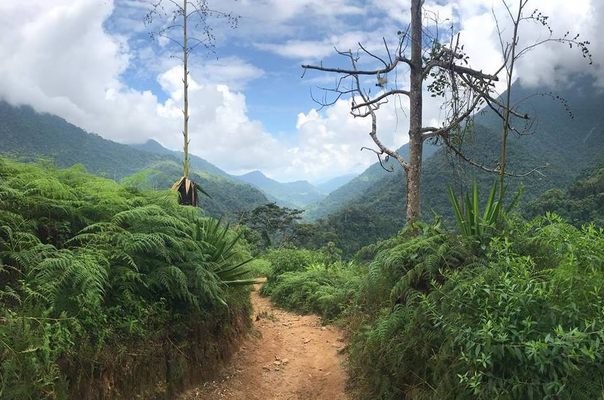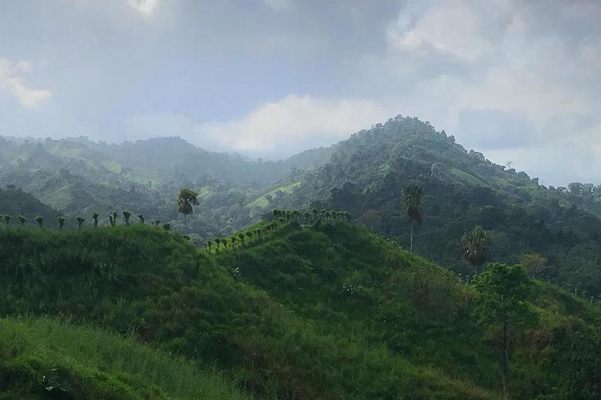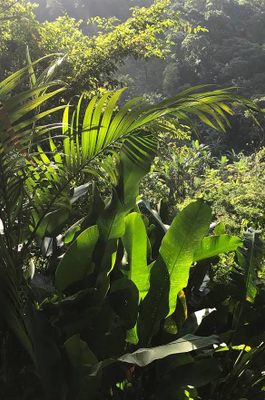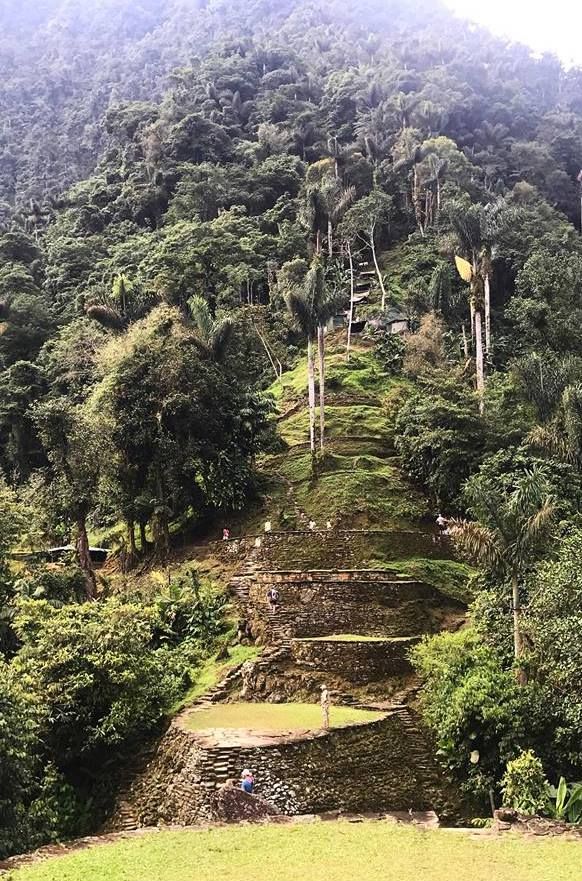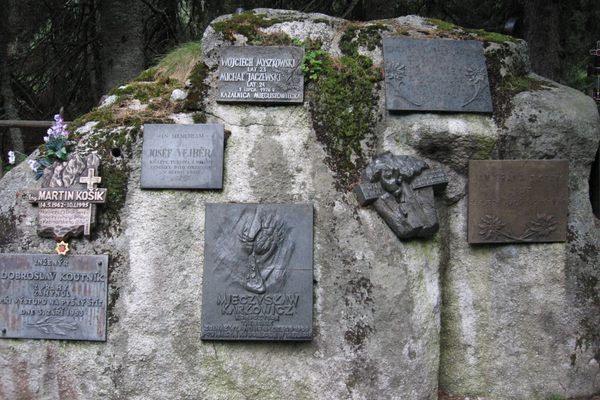About
At the end of more than 1,200 mountainside steps in the near-impenetrable tropical forest of Colombia's Sierra Nevada lie the ruins of an ancient, abandoned city. Uncovered in the 1970s, the incredible city was one of the important archaeological discoveries of the 20th century, revealed to the world as Ciudad Perdida, or the “Lost City.”
Perhaps most remarkable about Ciudad Perdida is the fact that it was built some 650 years before Machu Picchu in Peru, around the year 800. The city was also massive by ancient standards—believed to be home to some 2,000 to 8,000 inhabitants—and an impressive feat of engineering, built along a steep mountain ridge nearly a mile above sea level. A complex network of stone bridges and drainage systems has maintained the city throughout the test of time.
The site is believed to have been the seat of power of the Tairona civilization, which spanned throughout the Sierra Nevada and the northern region of Colombia. It was likely abandoned in the 16th century, amid the arrival of conquistadores from Spain. European colonial powers justified their conquests by asserting that they had a legal and religious obligation to the land.
Yet despite the name it has been given, the "Lost City" was never really lost to the descendants of the Tairona people that still occupy the region. Today they are known as the Wiwa, Kogi, Arhuaco, and Kankuamo peoples. Though their ancestors abandoned the city centuries ago, the Indigenous people of the Sierra Nevada de Santa Marta never forgot about it. When the site was “discovered” in the ’70s, Indigenous leaders quietly asserted that they knew of the city’s existence all along. In fact, they had never stopped visiting the site, which they call "Teyuna." They had simply been careful to keep its location a secret from outsiders in order to avoid precisely what happened after looters found the city.
The site is now open to visitors after being closed off for years—though only the most dedicated (and physically capable) of adventurers can visit. The site is only accessible by a 27-mile hike through treacherous terrain and an inhospitable climate.
Related Tags
Colombia Discovery: Coffee, Art & Music
Explore Colombia's depth: art, history, culture & transformation.
Book NowPublished
April 23, 2018
Sources
- https://teyunatours.com/
- http://www.lostcitytour.com/
- http://www.lostcityteyuna.com/
- https://teyunatours.com/blog/ciudad-perdida-historia/
- https://www.atlasobscura.com/articles/a-visual-tour-through-colombias-ancient-lost-city
- https://www.ancient.eu/Tairona_Civilization/
- https://teyunafoundation.org/mission/
- https://globalheritagefund.org/places/ciudad-perdida/
